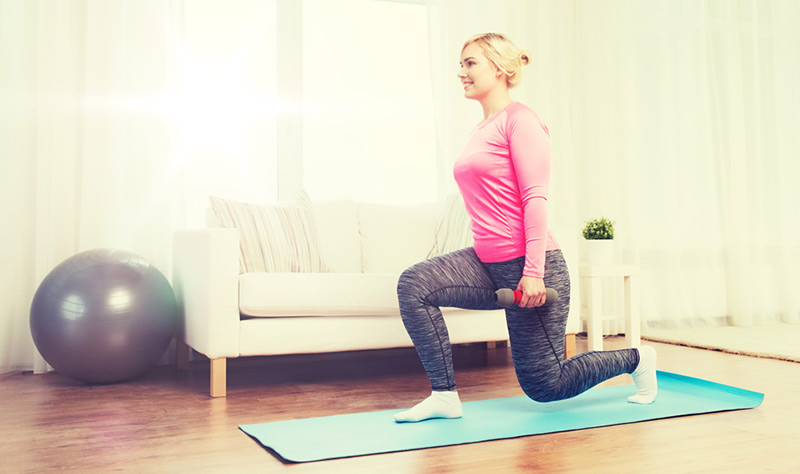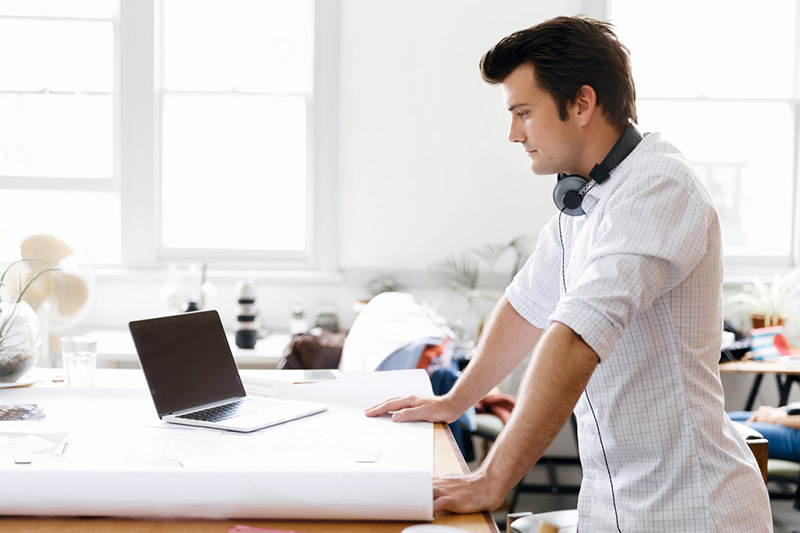Tips for Working and Exercising at Home During the Pandemic
Our lives are different right now. Many of us are working from home, not leaving the house very often and gyms, and recreational facilities are closed. We have been forced to adopt new routines. We are approaching the one-year mark and I am starting to notice some of the negative impacts this is having on some patients that present to our clinic.
Before the pandemic, most people did not work from home. They went to their workplace and spent the day sitting at a carefully designed workstation. If not designed by a professional ergonomist, it is safe to assume most companies would provide a decent chair and desk. Employees in pain are not productive and time lost because of neck and back pain are costly for the employer. Unfortunately, most people have been working at home for the better part of a year now. Many have been spending all day working from their couch, their dining table, or an office chair that is not comfortable. Whatever the case, more and more patients are attending our clinic with neck and back pain attributed to these new postures. Thankfully, the ill effects of poor posture have been largely exaggerated in the media. If your neck hurts after sitting hunched over all day, it is unlikely that you have damaged anything. It is more likely that you have irritated your neck or back, and with the appropriate changes, it will settle back down and be pain-free. Your body is telling you that those sore areas do not like what you did, so you need to change it.
Tips for Working at Home
Instead of focusing on sitting with perfect spinal posture all day, I usually suggest to my patients that they focus their attention on changing their posture. In other words, do not get too hung up on the idea of perfect posture. Get up often and move around. Go ahead and use your laptop on the couch, just do not do it all day. Try standing at the kitchen counter, sitting at the dining table and then maybe try standing at the dining table. Different chairs and different desks might be better than the same chair all day, especially if your body is not used to it.
Tips for Exercising at Home
Exercise is a great analgesic. Although any level of exercise is great, it is best to try and challenge yourself. Try and exercise at a level that stimulates physiological adaptation. Get a burn in some muscle, get sweaty and get your heart rate up. You do not need a gym to do this. Body-weighted squats, lunges, step-ups and split squats are a great way to strengthen and challenge your legs at home. Core exercises do not require weights or equipment. Do some push-ups. Go for a brisk walk or a run outside.
Stress is running at an all-time high. Kids are being home-schooled, our routine is disrupted, businesses are struggling, and none of us know exactly when this will end. There is a lot of uncertainty. Stress and pain go hand in hand, each having the ability to exacerbate the other. Interestingly, exercise is perhaps the best medicine for all of this. Exercise has been well established as a tremendous modulator of pain and is a great way to reduce stress.
In short, we are coming up to a year of the pandemic and it is causing many people physical and mental stress. Exercise is a great way to counter this. It is always good for you, but it might need to be individualized so that it is safe. The type, frequency, duration and intensity are all variables that will be different for everyone. The best part though is that you really do not need any equipment or a facility. You just need to get up and go!
Unsure of what to do? Do you need help in diagnosing your injury and determining the best strategy for your condition? Give us a call; we can help!
By Dr. Kevin McIntyre B.Kin., DC









